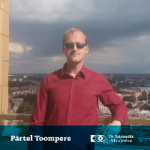20 016 968

Visual corrections with technology from Carl Zeiss
Lasik - 1200 €
Visual corrections with technology from Carl Zeiss
Rediscover yourself – Millions of people enjoy the new freedom offered by a life without glasses or contact lenses:
No restrictions in sports and the ability to see clearly as soon as you open your eyes in the morning. Have you ever thought about laser surgery to eliminate your dependence on glasses? Find out more about laser-based vision correction with the latest medical technology systems from Carl Zeiss. For decades we have been developing high-quality refractive surgery solutions which enable visual corrections with the highest degree of precision, quality and safety.
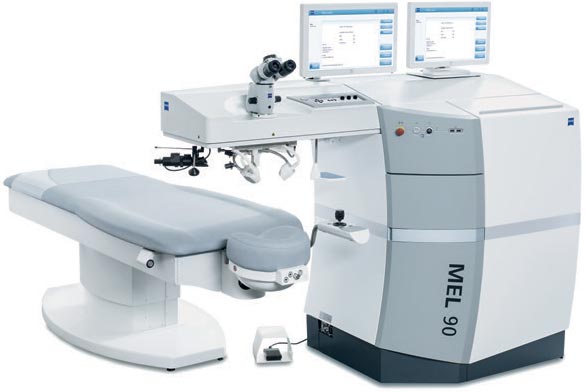
A life without glasses – state-of-the-art technology makes it possible
Refractive surgery uses laser technology to reshape the cornea of the eye to correct near- and far-sightedness and astigmatism. The laser specialist removes a layer of non-pain receptive corneal tissue – computer controlled according to precisely calculated diagnostic data. State-of-the-art medical technology makes a dream come true: clear vision, at any time of the day, whatever you are proposing to do. You wake up in the morning and everything is in focus, the moment you open your eyes
Excimer laser – precision instruments for clear vision
The correction takes place on the inside of the cornea. First of all, a thin flap is cut from the surface of the cornea and folded back like the cover of a book. Within seconds an excimer laser removes corneal tissue without the slightest pain to alter the refraction to compensate for a vision defect
What Precise Vision LASIK with Carl Zeiss technology can mean to you
The Carl Zeiss MEL 90 excimer laser enables extremely safe and precise correction. Highly-developed optics focus the laser beam in a very small spot size and an optimal Gaussian shape. This makes the finest corrections possible and leaves surrounding tissue unharmed. Intelligent technology tracks the smallest eye movements of your eye during treatment and guides the laser beam so that it continues to work at exactly the planned position.

Free yourself from glasses and contact lenses!
Register today!
The refractive surgery procedure: To a life without glasses, in three steps
LASIK, LASEK and PRK are widespread laser methods of correcting vision. The method recommended by your eye specialist will depend, among other things, on the thickness of your cornea and size of your pupils. State-of-the-art precision technology is common to all procedures: the computer-controlled ZEISS MEL 90 laser reshapes the cornea with micrometre accuracy, so that the new light refraction in the eye makes glasses or contact lenses redundant.
Individual planning for gentle treatment
Advanced medical technology helps determine the structure of your eyes. The specialist obtains a precise digital "impression" of your eyes, enabling him to recognize even the most subtle anomalies in the visual process and plan an individual laser treatment that is optimized for you.

Step 1(A): The flap is created
Your eye is anaesthetized with eye drops. An approx. 0.16 mm thin layer (flap) of the upper cornea is then created. This step is performed either by a computercontrolled precision knife (microkeratome) or a laser incision with a femtosecond laser. The flap is folded back like the page of a book.
Step 1(B): Preparation of the corneal tissue
A diluted alcohol solution is applied that allows the removal (PRK,TRANS EPI-LASIK) or folding back (LASEK, Epi-LASIK) of the corneal epithelial layer
Step 2: The vision defect is corrected with the excimer laser
The MEL 90 excimer laser sculpts the corneal tissue within a matter of a few seconds to an exact curvature calculated to correct the visual error. The light refraction is corrected to compensate for the existing vision defect.
Step 3(A): The flap forms the body's own sticking plaster
Finally, the flap is folded back to its original position as a protective layer.
Step 3(B): Replacement of the surface layer
The corneal epithelial layer is replaced or a protective "bandage" lens fitted.
Faster and more accurate than any other: The Carl Zeiss MEL 90 excimer laser
The MEL 90 of Carl Zeiss is one of the most up-to-date and efficient excimer lasers. It is equipped, among other things, with an extremely fast, active eyetracker. Should you involuntarily move your eyes during the treatment, the eyetracker will ensure that the laser beam continues to work at the exactly calculated point or if the movement is excessive, safely stop the treatment to be continued when position is regained.
All benefits of this precision laser at a glance:
Thanks to the extremely fast action of the laser, the exposed corneal surface, called the stroma, is exposed for least possible time. This minimizes undesired tissue dehydration and enhances regeneration and recovery.
The MEL 90 excimer laser is linked to a wide range of diagnostic instruments enabling the treatment to be individually customized for each patient.
A thermally optimized laser beam pattern minimizes corneal heating which aids recovery.
The small spot size of the laser beam of 0.7 mm, and its shape, permits the finest corneal corrections of unsurpassed quality – accurate, smooth and gentle treatment.
An extremely fast, active eyetracker eliminates the risk of misplaced treatment.
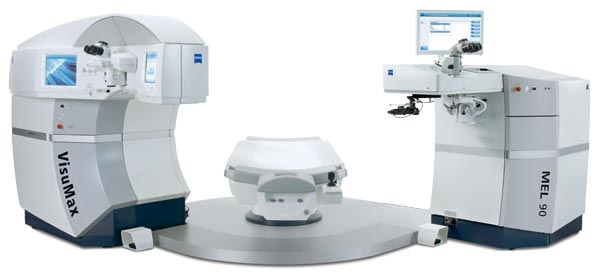
Find out how to get our services cheaper!
Learn moreVISION DEFECTS:
Light that goes astray- For clear vision the eyes, cornea and lens must be perfectly coordinated.
- Nearsightedness (myopia)
- Farsightedness (hyperopia)
- Astigmatism
An eye with poor vision is like a camera that takes blurred pictures because the focal distance is not set properly.
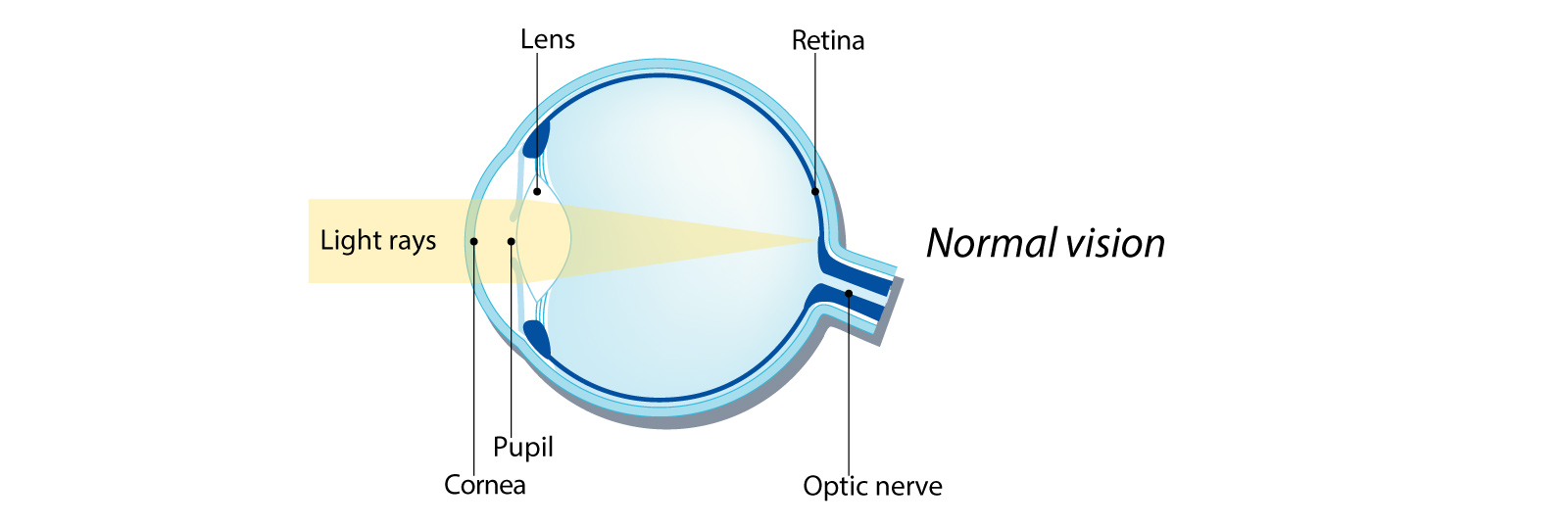
The depth of the eye is too long or the refractive power of the cornea is too strong. The image on the retina is blurred because the point at which the light rays focus is in front of the retina.
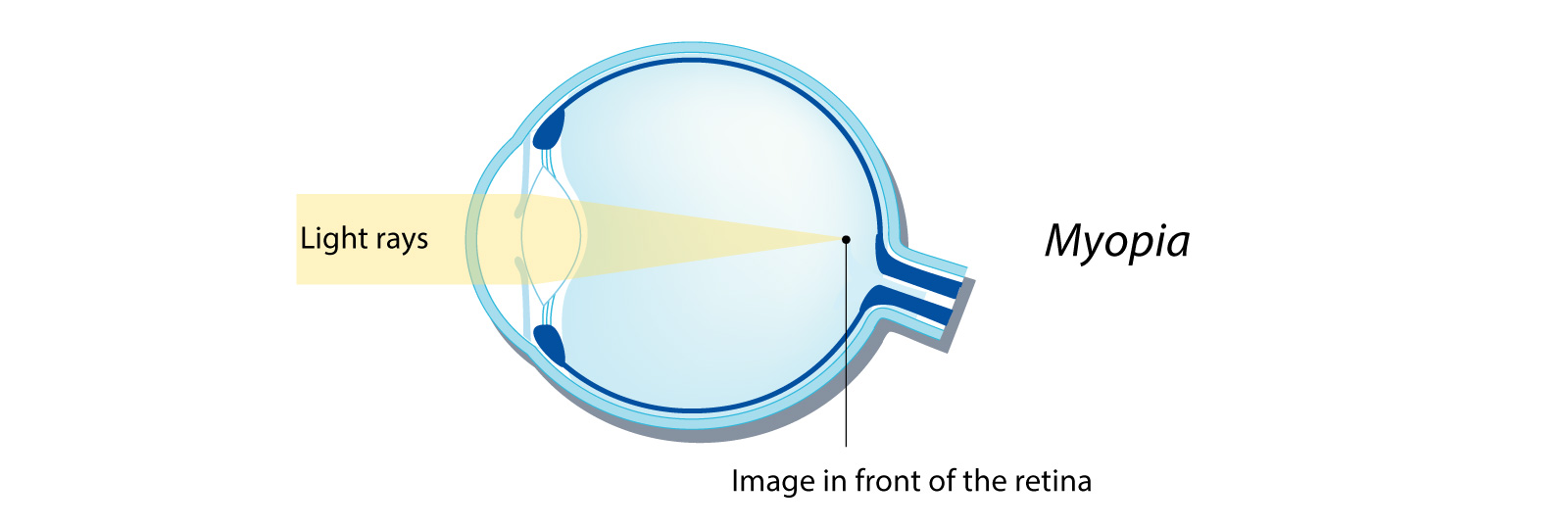
The depth of the eye is too short or the refractive power of the cornea is too weak. The image on the retina is blurred because the point at which the light rays focus is behind the retina.
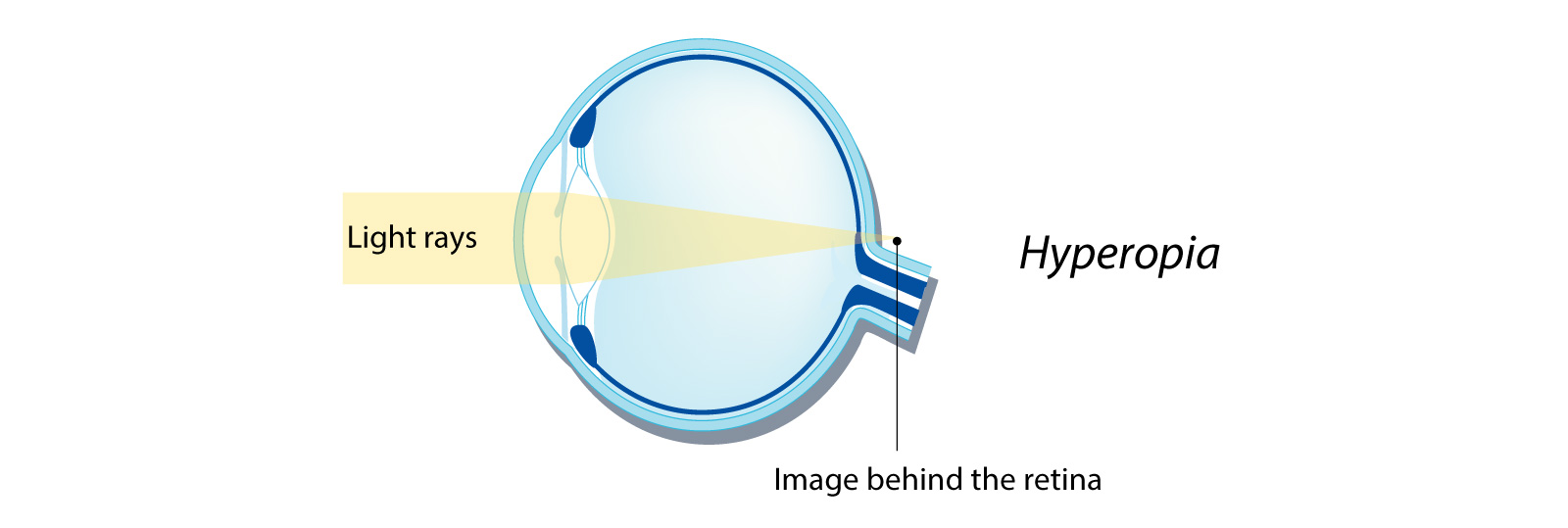
The cornea is unevenly curved and the light rays do not focus to a single point on the retina and are distorted.
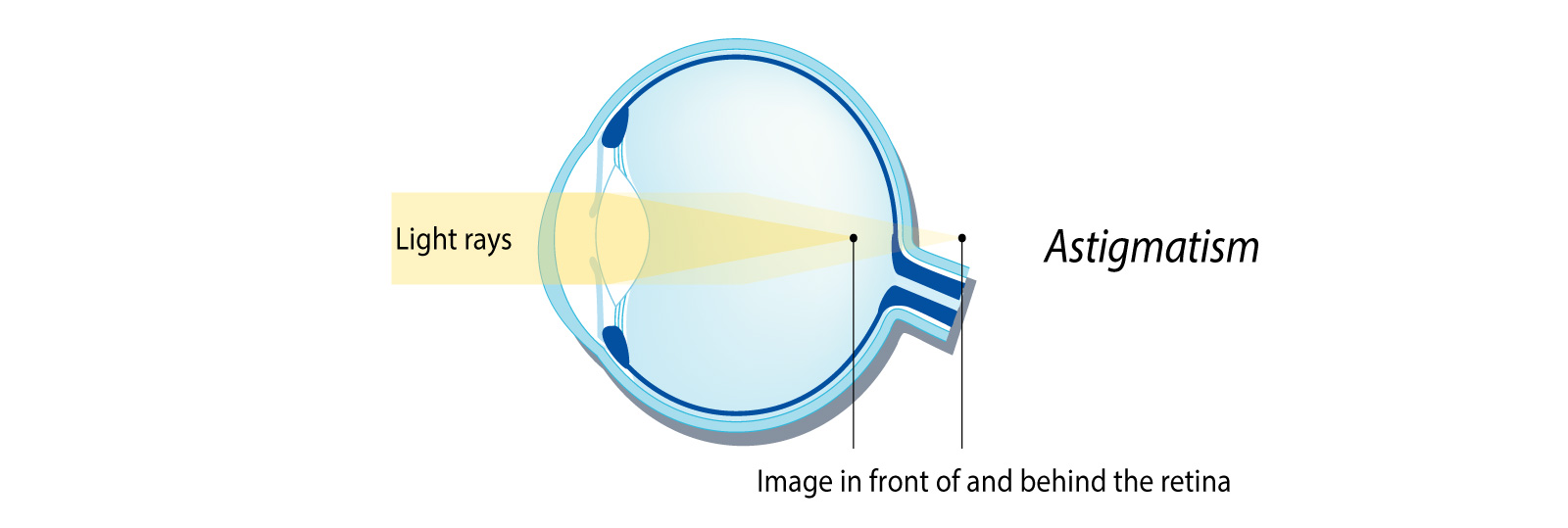
Make an accurate profile of your eyes: The Carl Zeiss CRS Master
In advance of laser surgery at least three factors are crucial for optimum vision correction: exact measurement of the vision defect, a precise topography of your cornea and intelligent formulae for calculating the individual laser pattern with which the laser is controlled. The Carl Zeiss CRS Master™ Treatment Planning System offers precise diagnostic answers to these questions.
All benefits of this individual treatment at a glance:

The slightest variations in the corneal surface can be precisely measured and successfully corrected.
With individual planning each eye receives a tailor-made ablation that is beyond the capability of spectacle or contact lens corrections.
Any pupil movement is instantaneously detected and dynamically compensated during laser correction by the ultra-fast MEL 90 eyetracker.
Precise Vision LASIK Common questions and answers
INo doubt you have many questions in advance of laser surgery. Here you will find answers to the most important questions. This information cannot and is not intended to substitute for a detailed consultation with your eye specialist. After a thorough examination he or she will tell you whether laser correction is the right solution for you. Of course, your specialist will also inform you about possible risks and side effects.
Testimonials

Käroli Michelson
The next morning the world was clear, my eyes didn't hurt and the eyesight was clear.

Liisi Värv
Laser eye surgery was one of the best investments I've made! The people there were friendly sweet and kind. The service was super!

Kaspars U.
After almost 20 years I see without glasses again. Now, from time to time, I imagine why I didn't do it faster.


